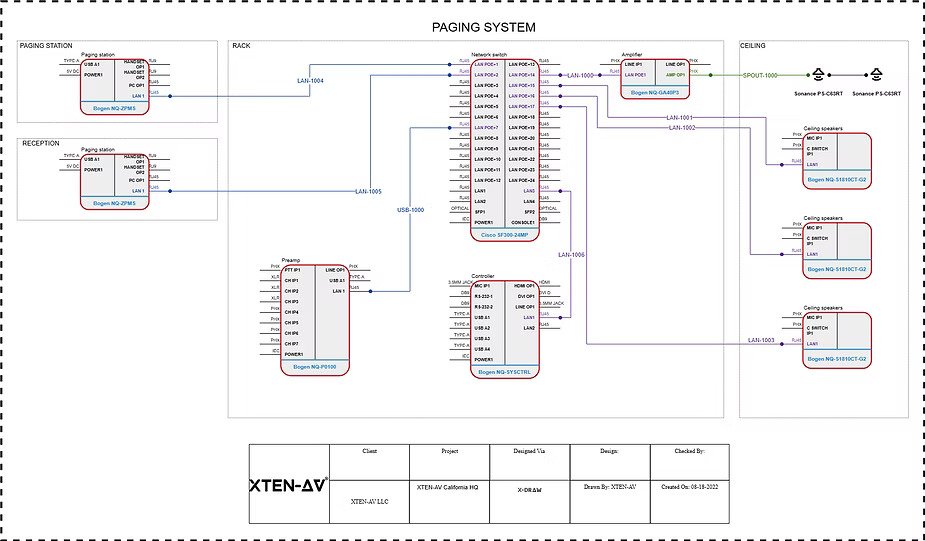Every software project starts with excitement, ambition, and vision. But somewhere along the journey, things can spiral out of control. Deadlines slip. Budgets explode. Features stop working as planned. The result? A once-promising project that’s now hanging by a thread. This is where a software rescue consultant steps in to save the day. These professionals specialize in reviving struggling software initiatives and turning them into success stories. But how do they do it? Let’s explore how these experts transform chaos into clarity.
Why Software Projects Fail in the First Place
Before diving into rescue strategies, it’s essential to understand why projects fail. According to the Standish Group’s CHAOS report, nearly 66% of technology projects either fail, face significant delays, or exceed their budget. The most common reasons include poor communication, unclear goals, lack of testing, and technical debt. Many companies underestimate the complexity of scaling or maintaining software over time. As projects grow, they often lose structure. Technical decisions made in haste early on can cripple performance later. That’s when an experienced “software rescue consultant” becomes invaluable. They don’t just fix code; they fix the process.
Step One: Diagnosing the Damage
A software rescue consultant starts with a detailed audit. They analyze every aspect of your system—from the codebase and architecture to the project management workflows. Think of it as a digital health check. Using tools like SonarQube or Jira reports, they identify weak points and bottlenecks. But here’s what sets them apart: they listen. They talk to developers, testers, and stakeholders to get the full story. By combining technical data with team insights, they form a clear diagnosis. This first step ensures that every fix that follows aligns with both business goals and user needs.
Step Two: Restoring Technical Stability
Once the root causes are known, it’s time to stabilize the software. The consultant focuses on making the codebase maintainable. They remove redundant components, patch security vulnerabilities, and ensure compliance with modern standards. For example, a consultant might re-architect an outdated monolith into microservices for better scalability. In some cases, they refactor large modules to improve performance by up to 40%. These technical improvements immediately reduce downtime and enhance user experience. More importantly, they give teams back control over their software.
Step Three: Strengthening Communication and Workflow
Technology alone can’t save a failing project. A “software rescue consultant” also rebuilds team communication. Misalignment between developers, testers, and business leaders often leads to project chaos. The consultant implements agile methodologies, introduces daily standups, and sets clear sprint goals. This creates transparency and accountability. As a result, everyone knows what’s being built, when it’s due, and why it matters. A well-coordinated team can deliver results faster and with fewer errors.
Step Four: Redefining Success Metrics
Most struggling software projects have one thing in common—they measure success incorrectly. Many teams focus only on deadlines or feature counts. A software rescue consultant helps redefine success using measurable outcomes. They introduce KPIs like defect rates, user retention, deployment frequency, and system uptime. These indicators reveal the project’s real health. With continuous monitoring, leaders can make data-driven decisions that ensure long-term success.
Real-World Impact: A Case Example
Consider a mid-sized fintech company that spent $500,000 developing a customer analytics platform. After launch, it crashed frequently and failed to meet user expectations. The internal team couldn’t find the root cause. Enter the software rescue consultant. Within four weeks, they identified critical database misconfigurations and inefficient API calls. After restructuring, system performance improved by 65%. Within three months, customer retention increased by 20%. This turnaround not only saved the company’s reputation but also boosted investor confidence.
The Human Side of Software Rescue
Behind every line of broken code lies a frustrated team. Developers feel overwhelmed, managers feel pressured, and executives lose sleep. A software rescue consultant brings empathy to the process. They don’t just fix systems—they rebuild morale. They celebrate small wins, encourage collaboration, and remind everyone that every project can be saved. This emotional reboot often reignites creativity within the team. People start believing in the product again. And when that happens, progress follows naturally.
The Business Case for Hiring a Software Rescue Consultant
Some organizations hesitate to bring in external help. They fear it might reflect poorly on their internal capabilities. But the truth is, hiring a “software rescue consultant” is a smart business decision. According to a 2024 Forrester report, companies that invested in software recovery services saw a 32% faster turnaround and 45% higher ROI within the first year. These consultants don’t replace your team—they empower it. By bringing specialized expertise, they accelerate problem-solving and prevent future crises. In fact, many businesses now include software rescue assessments as part of their regular technology audits.
How to Choose the Right Software Rescue Partner
Not all consultants deliver the same value. When selecting one, look for a proven track record. Ask for case studies and references. The right consultant should have both technical depth and strong communication skills. They should understand your industry and business model, not just your code. Transparency is key. If they promise instant results, that’s a red flag. Real rescue takes time, analysis, and trust. Choose someone who focuses on sustainable fixes rather than temporary patches.
The Future of Software Rescue in 2025 and Beyond
With rapid digital transformation, the need for “software rescue consultants” continues to grow. As AI, automation, and cloud technologies evolve, software systems become more complex. Even small missteps can create large-scale disruptions. Consultants now use advanced AI-driven diagnostics to predict issues before they escalate. By 2026, Gartner estimates that 40% of enterprises will have dedicated software recovery frameworks in place. The future belongs to teams that adapt fast—and consultants who help them do it.
Taking Action Before It’s Too Late
If your project shows signs of struggle—missed deadlines, buggy updates, or rising costs—don’t wait. Early intervention can save thousands of dollars and months of frustration. A skilled software rescue consultant can guide your project back to stability and success. They help you regain confidence in your technology and ensure that your business goals remain achievable. Every failing project holds the potential for recovery. All it needs is the right expertise and the courage to act.
Technology projects don’t fail because of lack of effort—they fail because no one steps in early enough to redirect them. So, if this article resonates with you, share it with your team, link to it in your blog, or pass it to someone facing a similar challenge. Let’s spread the word that no software project is beyond saving—especially when you have the right consultant by your side.













Leave a Reply